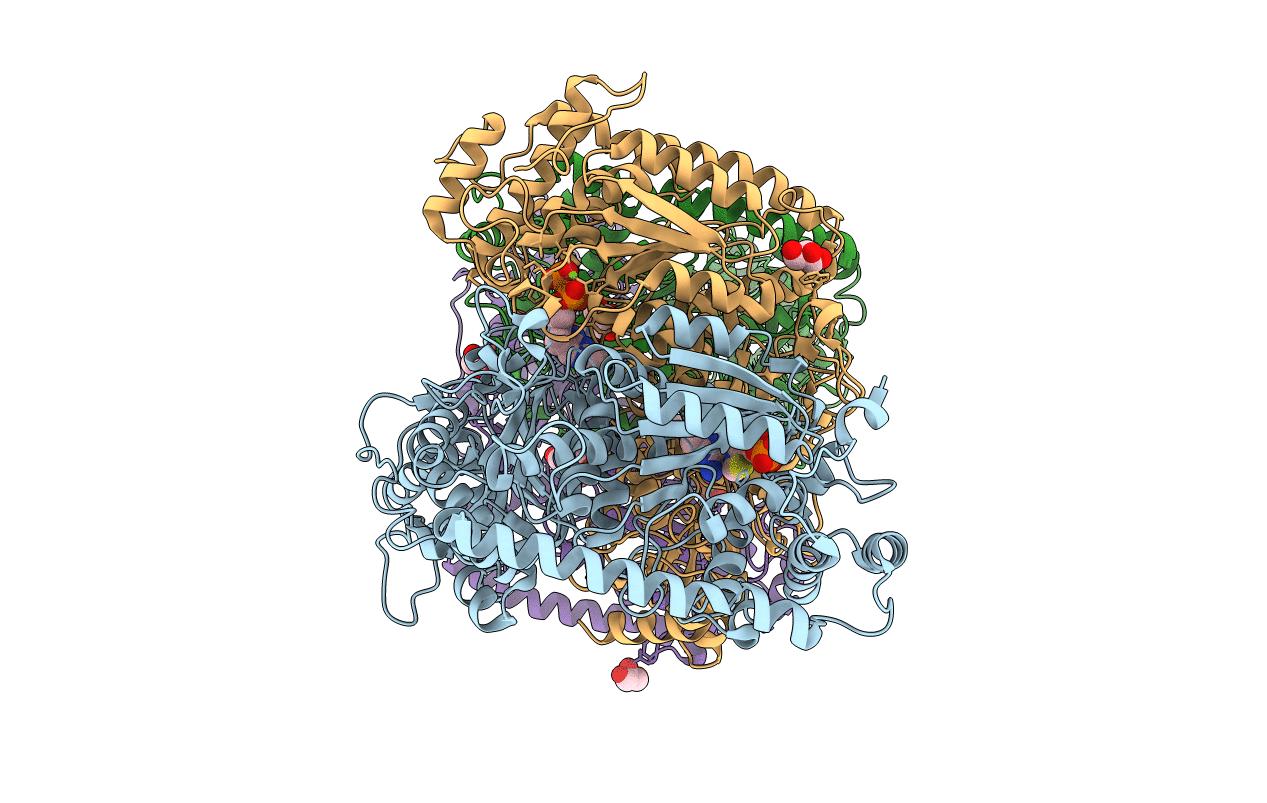
Deposition Date
2011-04-14
Release Date
2012-02-29
Last Version Date
2023-09-13
Entry Detail
PDB ID:
3RIM
Keywords:
Title:
Crystal structure of mycobacterium tuberculosis Transketolase (Rv1449c)
Biological Source:
Source Organism:
Mycobacterium tuberculosis (Taxon ID: 83332)
Host Organism:
Method Details:
Experimental Method:
Resolution:
2.49 Å
R-Value Free:
0.27
R-Value Work:
0.22
R-Value Observed:
0.22
Space Group:
P 1


